My 28 best harvesting tips
What should the snow pea look like when it's ready? And is there a surefire way to know when a corncob is ripe? Here are my 28 best harvesting tips that answer these questions, and many more!
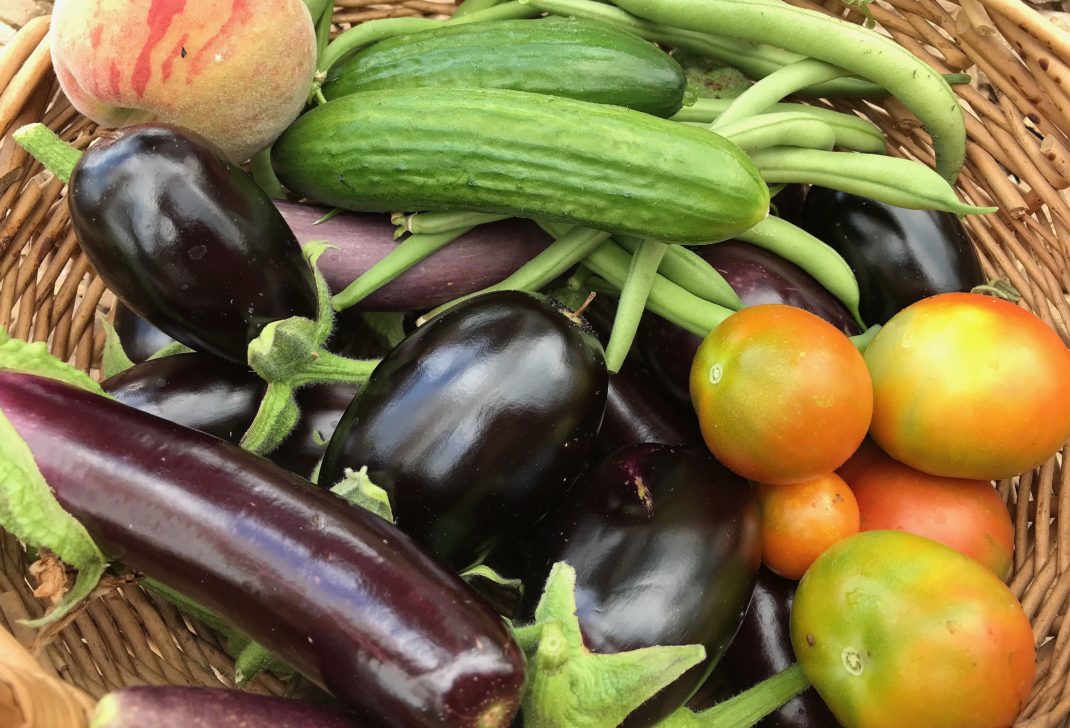
My newest harvest from the polytunnel, eggplant, cucumber, tomatoes, snap beans and parsley. All grown with my harvesting tips in mind. And it worked out really well!
It's time to start harvesting most of my vegetables in August. The spring sowings of root vegetables, legumes, and leafy greens are overflowing the beds and I can't wait to start eating them. But when is the right time to start harvesting then?
It's not always so easy to know what the vegetable is supposed to look like when it's ready. And you can even harvest some vegetables in several stages of development, which makes it even harder. If you still have the seed packet, you might get an idea from the instructions on the back. You might want to google the vegetable and variety too just to be sure. It's actually a good idea to research the variety since they might be quite different.
I know that all of this might feel a bit confusing, so I decided to make a list of my 28 best harvesting tips for our most popular summer vegetables. This guide might be especially beneficial for beginners.
Don't forget to read my recipes here on the blog so you know what to do with all of your fresh vegetables!
Harvesting tips:
Eggplant
Research the variety so you know how large it should be. Feel the eggplant and leave it on the plant a bit longer if it's still hard. Harvest the eggplant if it has a sponge-like texture. Tip: Leave a little salt on the eggplant slices before pan-frying them (dry them off before cooking.) This will remove any bitterness.
Fava beans
Squeeze the pod and harvest when you can feel the beans inside clearly. If the pod feels spongy, leave it a bit longer.
Broccoli
Cut the main stalk off when it's still green. It will start to bolt if you don't. Don't wait too long before you do it, this will stop the broccoli from producing side shoots. You can harvest the side shoots whenever you want. Just make sure to start before they bolt.
Wax beans
The pods should be thin, don't let them get knobbly and start to swell from the beans inside before you harvest them. Harvest often.
Sugar snap peas
Ready when the pod is slightly swollen. Harvest often.
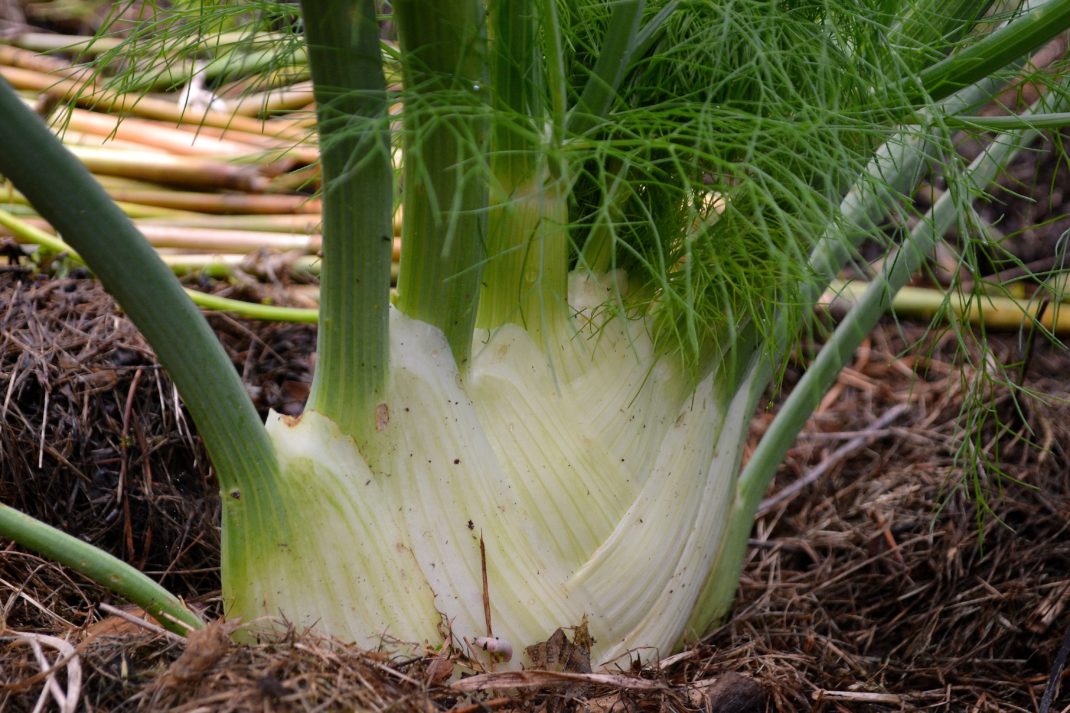
The level of moist in the soil needs to be constant in order for the fennel to develop a nice big bulb. If it's too hot and dry, it might bolt instead. Getting to know your vegetables and their needs is one of my best harvesting tips.
Fennel bulb
Harvest when a light green bulb has developed. If the plant looks tall and gangly and it hasn't developed a bulb, then it's getting ready to bolt instead. Growing fennel can be a bit tricky but you can harvest and eat the fennel even without the bulb. Everything above ground is edible.
Yellow onion
Harvest when you want to, large or small. Don't forget to use the onion tops if you harvest early. The full-grown onions will be ready when the onion tops start to hang down toward the ground.
Read more: Growing your own vegetables, for beginners
Cucumber
The cucumbers taste their best when you harvest them early. You can read more about how large your particular variety will be on the back of the seed packet. The cucumbers will start to lose flavor and the seeds inside harden when they are fully ripe, so try to harvest them before that.
Cabbage heads
You can harvest cabbage heads at any size, only you can be the judge of when the time is right. It should be ready when the cabbage feels firm and hard to the touch. You can leave it in the bed for quite a long time but some varieties might start to bolt when they get stressed, for example, if it's very hot and dry outside, so try to keep an eye on them. The tip of the plant will start to break open and look slightly more oblong when it starts to bolt.
Corn
Harvest when the tip of the corncob starts to feel less pointy and more rounded instead. At this point, the corn silk will be brown and dry.
Chard
Harvest it leaf by leaf, by cutting or pinching the leaves off the plant. Start with the outer leaves. You can harvest your chard at any size. The smaller leaves are nice and tender, but the large ones taste great too.
New Zealand spinach
Keep pinching little shoots from the plant, this will make it branch off easier. Harvest regularly to get new shoots.
Melon
A ripe melon will have little crevices where the stalk is connected to the fruit. It's best to harvest a little bit too early since the fruit doesn't taste very good when it's overripe. You can tell when the watermelon is ripe by how it sounds when you knock on it. A ripe melon will have a hollow sound.
Carrot
You can harvest them at different stages of development, depending on how impatient you are of course. The summer carrots taste great when really small. The winter carrots should grow larger though. Carefully pull the root from the soil.
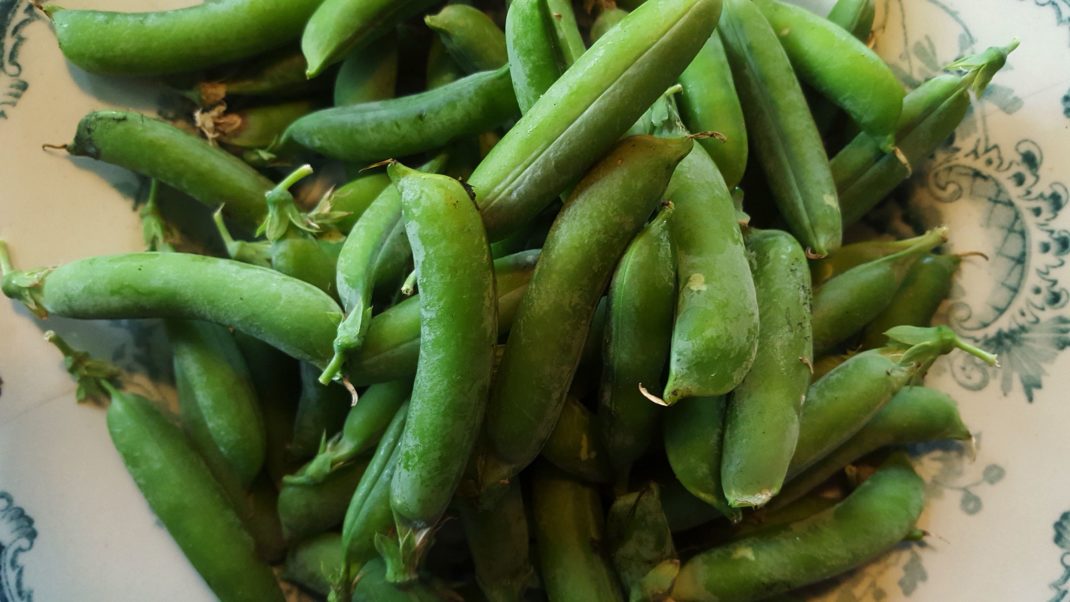
You can figure out a lot simply by looking, feeling and smelling. Basic but valuable harvesting tips.
Green peas
The pod gets slightly coarse when it's ripe and starts to dry a little. Don't harvest green peas too early though, the peas will be underdeveloped if you do.
Parsnip
You can harvest the small and tender roots whenever you want by carefully pulling them from the ground. Harvest the larger parsnips in fall and winter.
Read more: Growing and harvesting dill
Potatoes
A good benchmark is to harvest the early potatoes three months after planting. Gently remove the plant from the soil with a pitchfork and harvest all of the potatoes at once, or harvest them one by one instead. Don't eat the potatoes after the plant has bolted though, they can be quite harmful to the body at this time.
Leek
Harvest at any size.
Celery root
You can harvest your celery root at any stage of development, but the larger roots will, of course, give you more food on the dinner table. Pull them from the soil and remove the root systems. You can, however, harvest the stalks all summer season.
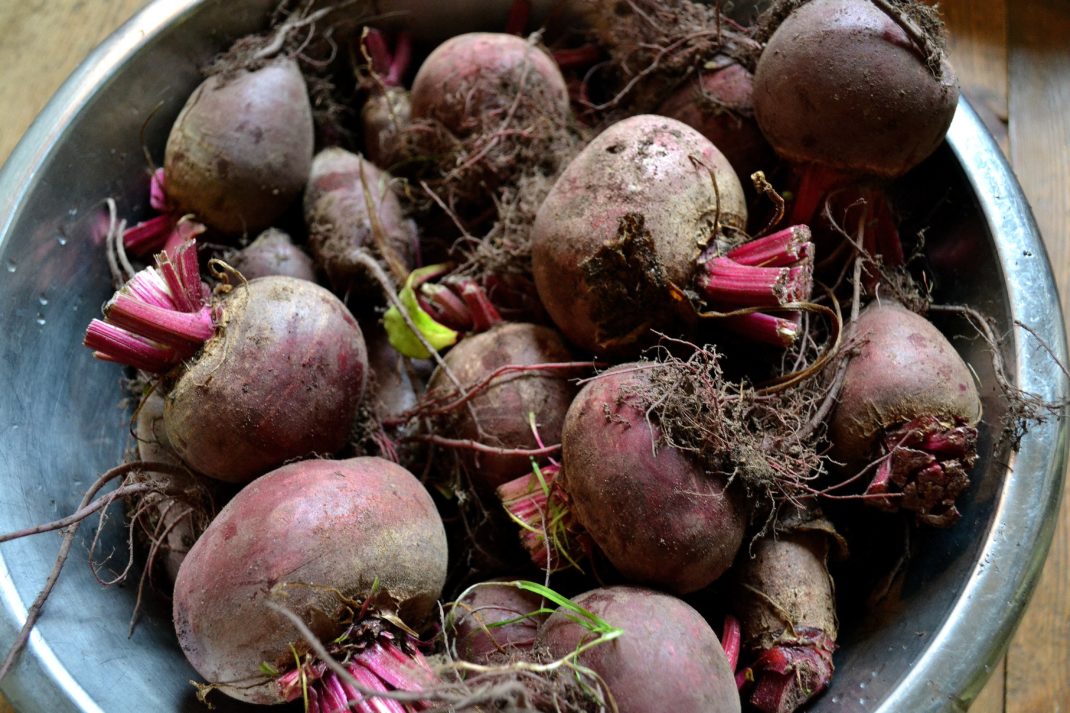
Growing beets is easy, especially with some helpful harvesting tips at hand. Prolong the harvesting period by harvesting the largest beets first, leave the others a bit longer.
Beets
You can harvest beets at any size. The small ones usually taste really nice but they won't give you much food of course.
Lettuce
Harvest leaf by leaf, by cutting or pulling the leaves from the plant. Start with the outer leaves. Harvest at any size. The smaller leaves are tender and the large ones are juicier. Lettuce heads should be harvested when the head starts to close properly.
Snow peas
Harvest when the pod's still flat, before the peas inside swell up and grow large. Harvest often.
Soybeans
Harvest the pods unripe and light green, but make sure that the beans inside have developed. If the pods turn yellow, they won't taste as good pan-fried as edamame (unripe soybeans) do. If you want to dry the beans, just leave them on the plant until dry. Cut the plants down or harvest pod by pod. Don't forget to dry them indoors too before you store them.
Dry beans
Leave the beans on the plant until dry. Cut the whole plant down or harvest pod by pod. Dry indoors before you store them. You can eat them when they are young too, but you need to boil them first.
Garden peas
Leave on the plant until dry. Cut the whole plant down or harvest pod by pod. Don't forget to dry indoors before you store them. You can also eat them before they ripen completely, just like snow peas.
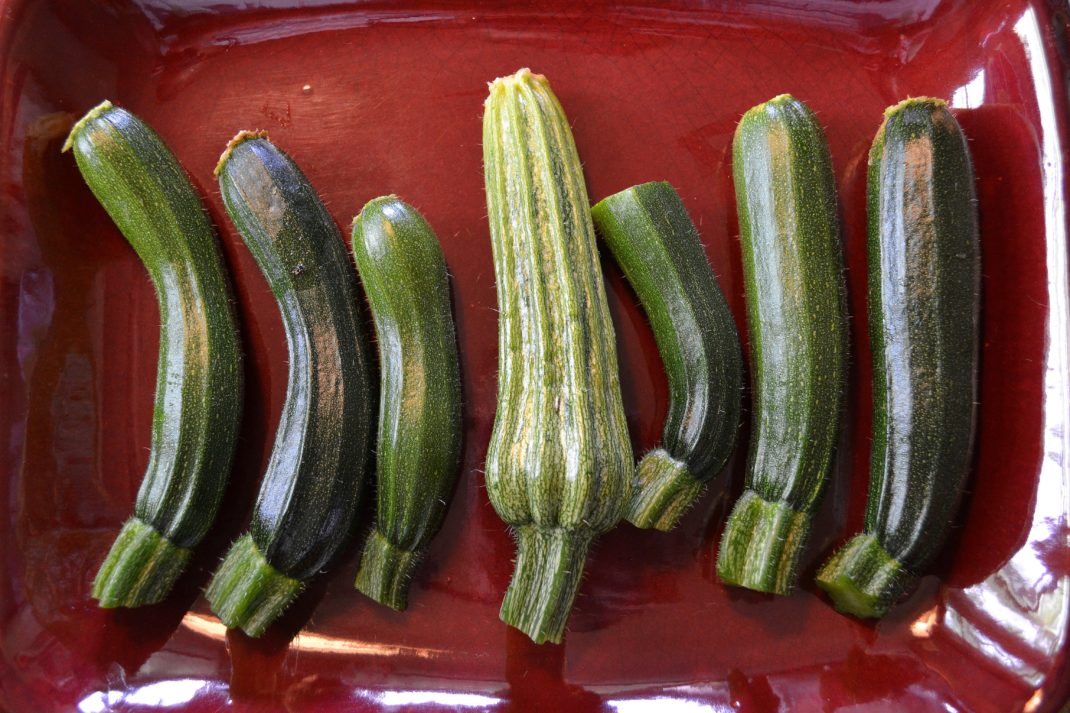
I like to eat the small squashes fresh and save the larger ones for my cooking.
Squash
I like the squash best when small, but you can harvest them when very large too.
Tomatoes
Harvest when it's the right color (depends on the variety you chose.) Don't worry if the tomato falls off or if you harvest it unripe. You can leave it in the window sill to ripen indoors instead. Learn more about tomatoes here: Tomatoes from sowing to harvest.
Purslane
Keep harvesting little shoots. Take the first one when the purslane only has one main stem, this will make the plant branch off. Harvest regularly to get new shoots.
Garlic
The garlic is ready when the garlic scapes fold down to the ground. Another clear indication is that the scapes start to look yellow. You can harvest the garlic when it's small and tender in spring too, and use it just like leek in your cooking. The scapes taste great too. Don't forget to dry the garlic before you store it.
More about harvesting: Harvesting fava beans
My best harvesting tips are probably to test the waters, harvest and maybe even taste the vegetables to get an idea of when they might be ready. It might take a while before you learn what the vegetables should look and feel like, and plenty of other things might also affect the result in the end. Weather and temperature, harvesting time and how much you water your vegetables will play a role. An unripe vegetable might taste best too, it all depends on the circumstances.
I hope these harvesting tips gave you an idea about what to look for. Good luck!
/Sara Bäckmo
04. August 2021
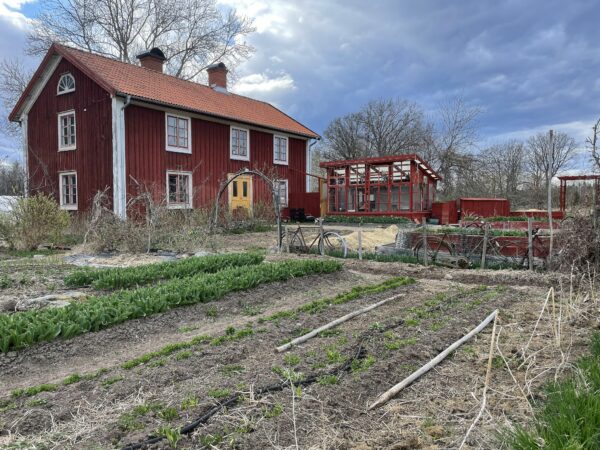
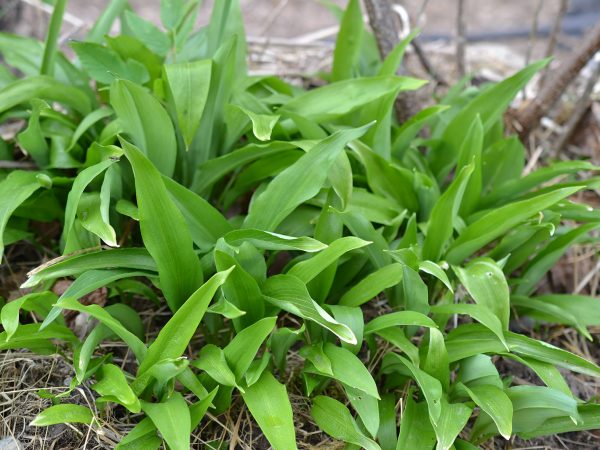
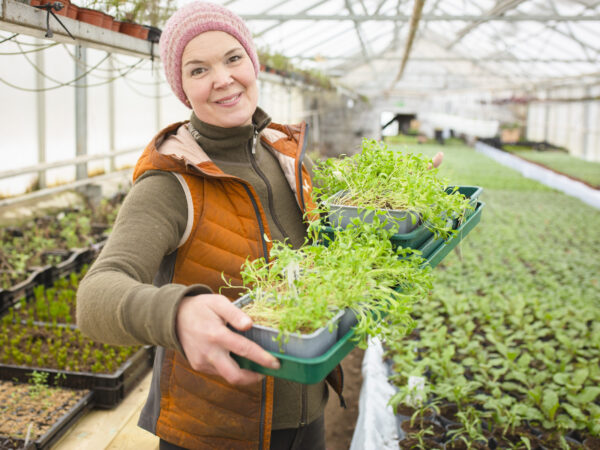
Leave a Reply